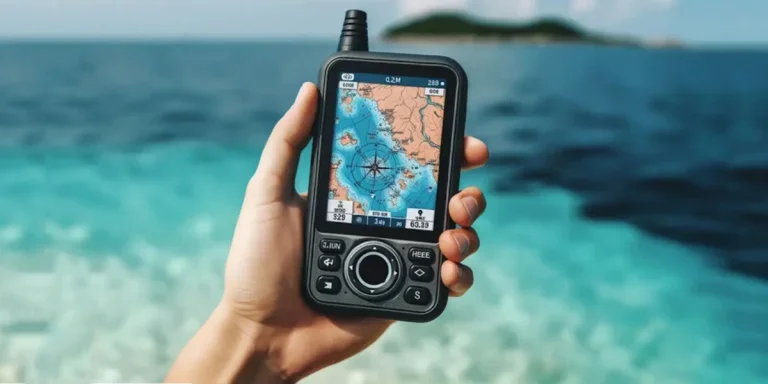Handheld GPS units were intrinsic tools for many outdoor enthusiasts. They served as the perfect companion for journeys to remote areas and wildernesses, keeping people informed of their exact location with helpful updates and emergency services on the dial. However, the introduction of smartphones and wearables with built-in GPS capabilities put the handheld market in a tough spot.
Hence, the industry leaders focused more on features that make handheld GPS units stand out from the competition, like mapping and more battery life. This article will explore five trends that have kept handheld GPS units relevant in 2024.
Table of Contents
How fast is the handheld GPS market growing?
5 key trends revolutionizing the handheld GPS industry
3 stocking considerations business buyers can make for their hiking store
Bottom line
How fast is the handheld GPS market growing?
The global handheld GPS market was worth US$101 billion in 2023. It is growing rapidly, registering a 15% compound annual growth rate (CAGR) to reach US$266 billion from 2024 to 2030. Handheld GPS devices are necessary for many activities, including hikers, surveyors, forestry/agriculture/emergency services sector professionals, outdoor enthusiasts, and geocachers, which helped boost the market to its current value.
Technological developments have also positively impacted the market. Manufacturers are constantly releasing new features while increasing battery life. The companies currently leading the market and driving innovations include Garmin, Magellan, Bushnell, DeLorme, Lowrance, Buddy, and Golf.
5 key trends revolutionizing the handheld GPS industry
1. Satellite communication domination
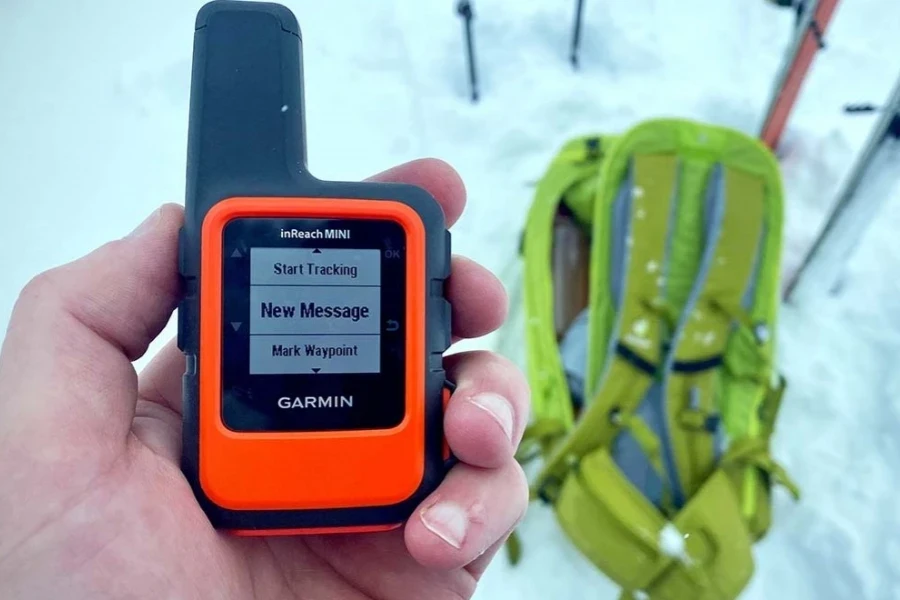
Satellite communication in handheld GPS units has transformed how adventurers and professionals stay connected in the wilderness. Some newer handheld GPS device models now have two-way satellite messaging and SOS capabilities, making communication possible in places with little or no signals. This technology is invaluable in remote areas where cellular coverage is nonexistent, providing a lifeline for emergencies and peace of mind for everyday communication.
As satellite technology advances, retailers can anticipate even more amazing features at affordable pricing. This trend will likely lead to satellite communication becoming a standard feature across different price ranges—not just high-end models. Here are some more details on how satellite communication has changed the handheld GPS industry.
Global reach
Satellite networks offer near-global coverage, ensuring connectivity even in the most isolated corners of the world. It’s essential for expeditions to remote mountains, vast deserts, or expansive oceans.
More than just SOS
While emergency communication is still the most important advantage, satellite connectivity opens up a range of possibilities. Users can send and receive text messages with friends and family, share location updates, access weather forecasts, and even post to social media.
Satellite + GPS technology
Satellite communication pairs amazingly well with the core GPS functionality of these handhelds. In truth, this technology combo provides users with superb navigation and communication solutions in a single, rugged package.
2. Increased mapping detail
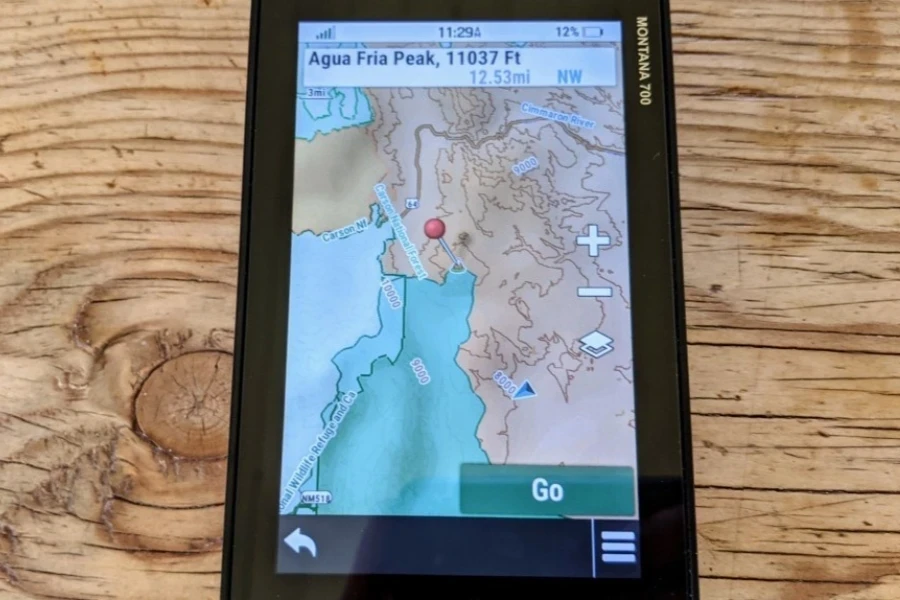
The future of handheld GPS devices is all about providing more detailed information. In addition to the standard topographic maps users have come to rely on, businesses can expect an explosion of handheld GPS units with user-generated trail data. This increased mapping detail means that hikers, backpackers, and off-road enthusiasts can now contribute their experiences to the collective map, creating a dynamic and ever-evolving resource.
Consequently, most trails on handheld GPS units will always be up-to-date with the latest conditions, including obstacles, closures, or new routes, allowing users to make informed decisions about their journeys. Furthermore, the increased detail in these maps will not be limited to trails; handheld GPS devices are now providing more accurate visuals of terrain, vegetation, water features, and other natural landmarks.
With this wealth of information, hikers can now plan their adventures with even more confidence. Gone are the days when hikers worried about insufficient detail and coverage. They will rest assured that their modern handheld GPS device has their back with the most up-to-date and comprehensive mapping available.
3. Longer battery life

Undoubtedly, one of the most anticipated advancements in handheld GPS technology is extended battery life. Reliable power has become more important than ever, as users venture further and for longer durations. Manufacturers are meeting this demand by investing in innovative battery technology, pushing the boundaries of what’s possible.
That’s why newer handhelds can easily last multiple days on a single charge, even with intensive features like GPS navigation and satellite communication. Interestingly, handheld GPS units with this enhanced longevity are heralding a boon for multi-day hikers and backpackers. Even professionals working in remote areas with limited charging infrastructure benefit from this trend.
But that’s only in the battery market. Manufacturers have also developed impressive ways to keep handheld GPS units active and connected during hikes. Advancements in solar charging and power-saving modes will further optimize battery performance. Check the table below for a battery life comparison of newer and older handheld GPS device models.
| Older handheld GPS units | Newer handheld GPS units | |
| Battery life | Typically ranges from 12 to 24 hours on a set of AA batteries, depending on usage and settings. | It can last 180 hours or more in standard mode and up to 840 hours in expedition mode (with reduced settings). |
| Battery type | These older models mostly relied on disposable AA batteries, although some models offered rechargeable battery packs. | The newer models mostly use rechargeable lithium-ion batteries, offering higher energy density and longer lifespans. |
| Limitations/advantages | Battery life was a major concern for older models, especially for multi-day trips. Users often needed to carry spare batteries or external power sources. | The significantly extended battery life allows for longer trips without needing to recharge or carry batteries. Some models also support external power sources like solar panels. |
4. Smartwatch integration
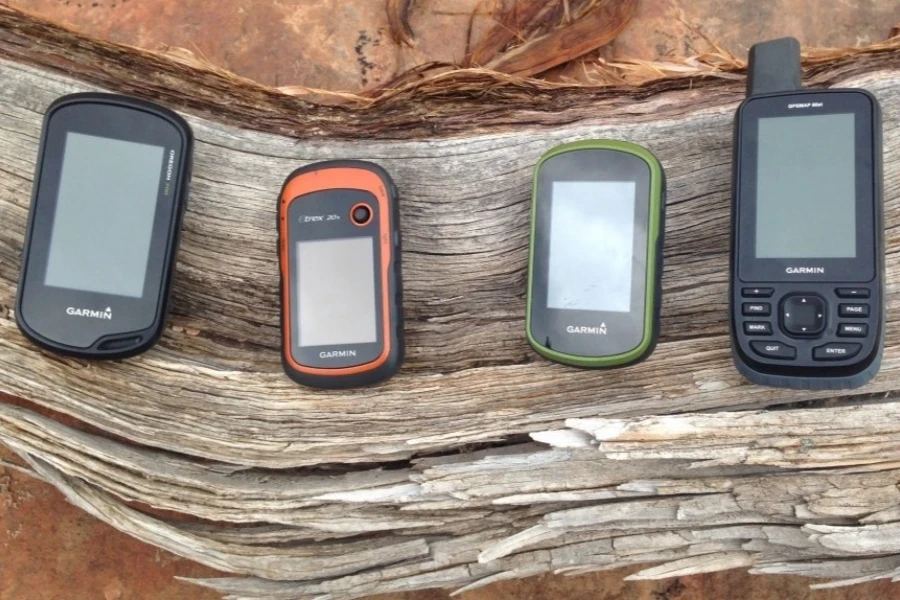
The future of GPS navigation is set to become even more integrated with consumers’ daily lives. So, it’s no surprise that an increasing number of GPS units will seamlessly sync with smartwatches, creating a powerful synergy between both devices. This integration allows users to access essential features and information directly from their wrists, like notifications and fitness data tracking.
But perhaps the most exciting advantage is the ability to perform basic navigation tasks directly from the smartwatch. This feature means hikers can quickly glance at their wrists to check their bearings, follow a route, or find points of interest. No need to pull out the dedicated GPS unit unless necessary.
5. Increased focus on ease of use
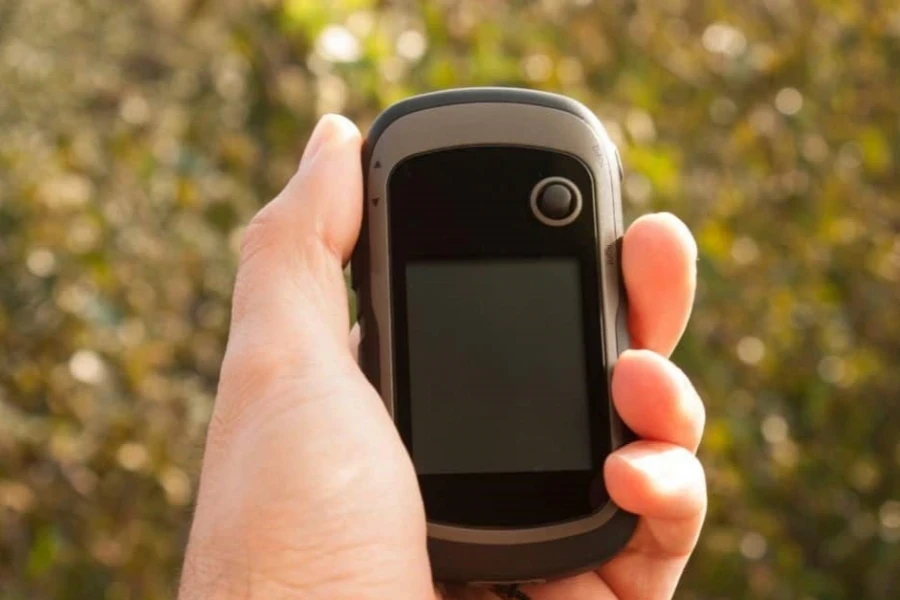
As handheld GPS devices become more integral to outdoor adventures, manufacturers recognize the need to cater to a broader range of users, including those who may not be tech-savvy. For this reason, an increased focus on ease of use is another significant trend transforming the handheld GPS industry. User interfaces are now more intuitive, streamlined, and visually appealing.
Gone are the days of complex menus and cryptic icons. Instead, newer handheld GPS units with simplified navigation, clear instructions, and interactive guides are booming in popularity. This trend also helps attract more customers to the handheld GPS market while enhancing the overall user experience for everyone.
3 stocking considerations business buyers can make for their hiking store
I. Balance of features

Create a diverse inventory by offering a range of handheld GPS devices. Stock entry-level models with essential navigation features for budget-conscious consumers. Also, purchase advanced units with cutting-edge technology, like satellite communication and extensive mapping capabilities, for experienced adventurers and professionals.
II. Satellite subscriptions
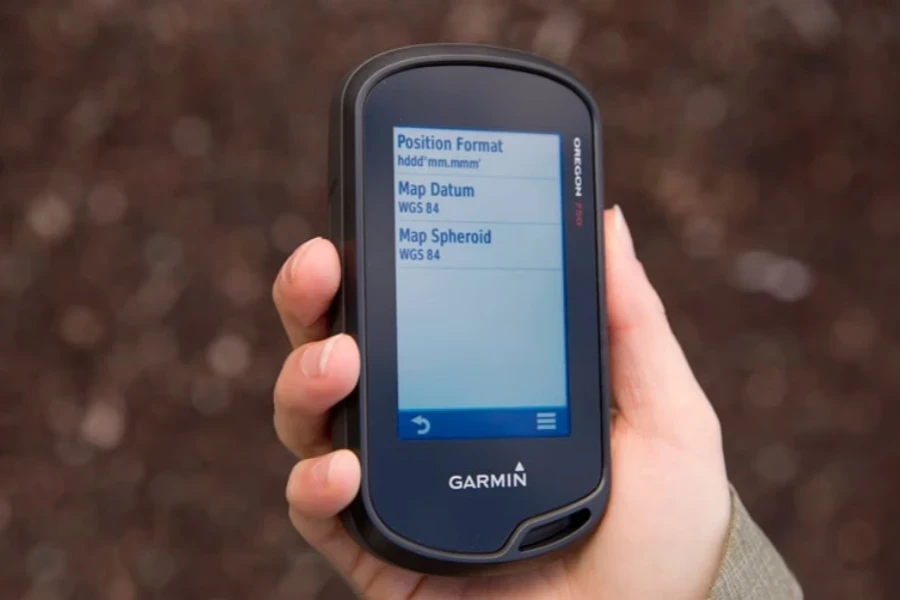
Handheld GPS units with satellite capabilities often require a subscription. So, before stocking, be prepared to educate customers about the added value (and sometimes the necessity!) of satellite communication subscriptions for compatible devices.
III. Extra accessories
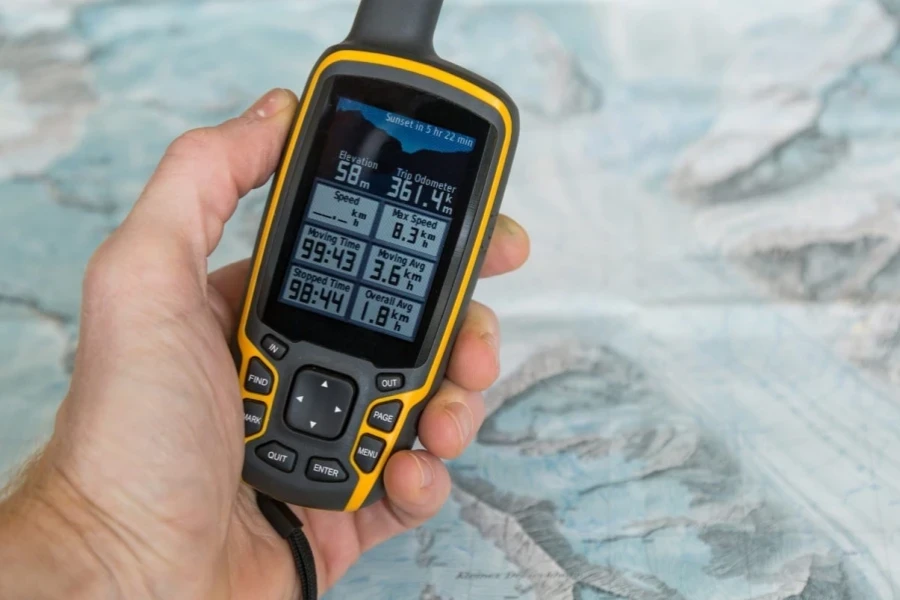
Like smartphones, handheld GPS units require some accessories for protection and performance. Hence, business buyers can stock items like protective cases, extra batteries, solar chargers, and mounting options.
Bottom line
Smartphones and wearable devices may be all the rage, but handheld GPS units remain the dominant product for location-based activities. Smartphones and wearable devices can’t compete in certain areas like battery life, with newer handheld GPS unit models boasting up to 840 hours at reduced settings.
Brands have also remained relevant with other trends like two-way satellite technology, increased mapping details, and ease-of-use innovations. Handheld GPS units are still a big hit for outdoor enthusiasts—they generated 18,100 searches in May 2024—so business buyers shouldn’t hesitate to stock them. Subscribe to Alibaba Reads’ sports section to continue getting articles like this.
